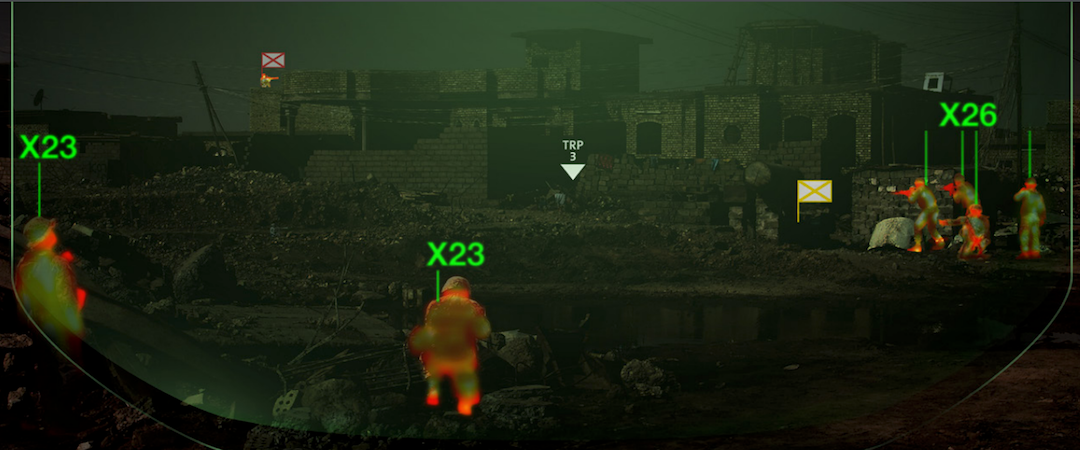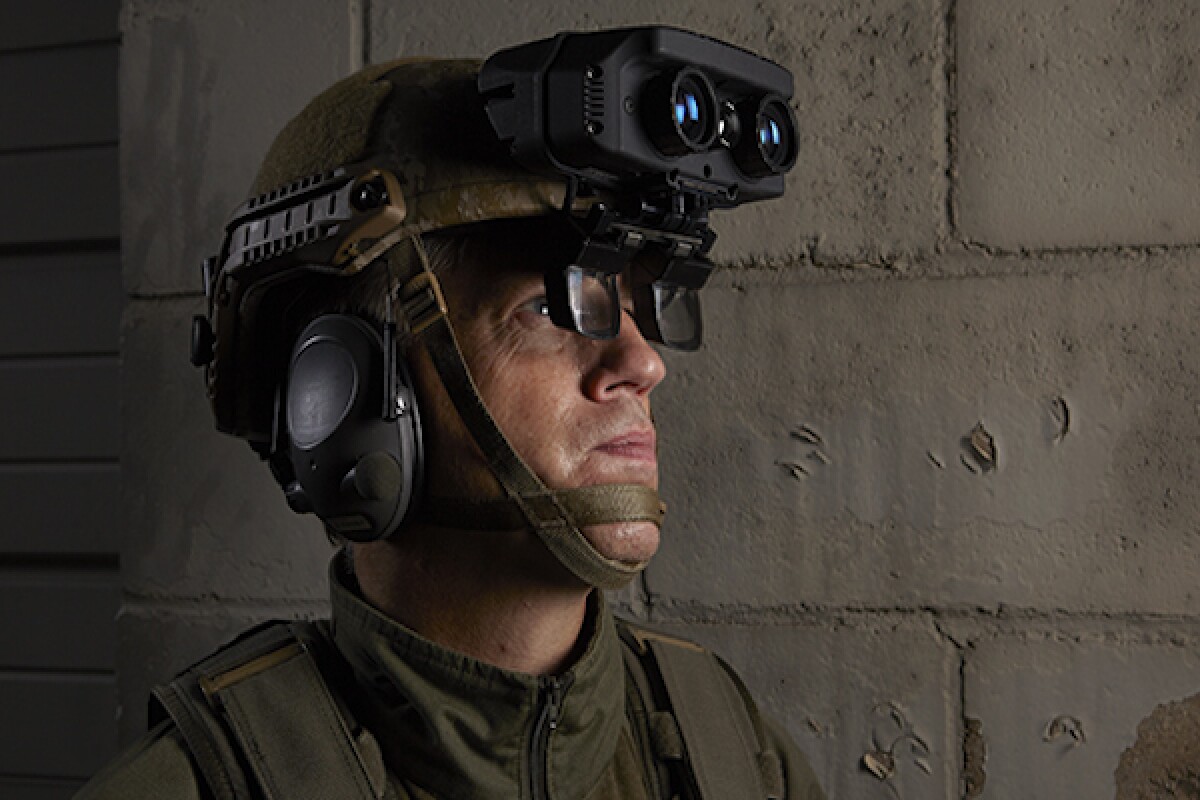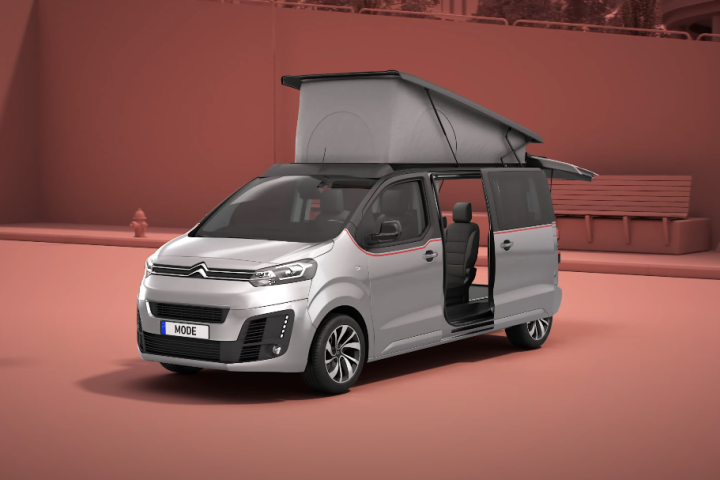Information can be a soldier's most important weapon, and Rockwell Collins has unveiled a new system that puts that weapon front and center. The company's Integrated Digital Vision System (IDVS) is a heads-up display that attaches to combat helmets and relays information from a command center, other warfighters or drones, as well as augmenting the wearer's vision with multispectral sensors.
Rockwell Collins' IDVS sounds a lot like BAE Systems' Q-Warrior HUD, with both designed to provide key data without distracting a warfighter from the task at hand. That data can take the form of maps, compass headings, and markers on people and objects, which are displayed on a transparent 1,920 x 1,200 pixel display before the wearer's eyes. This display flips up out of the way if need be, and can be adjusted to suit each wearer's unique interpupillary distance (the distance between their eyes).

Meanwhile, the unit can increase visibility in smoky, foggy, dusty or dark conditions through multiple sensors on the top. Two of these detect light in visible and near-infrared wavelengths, while another adds thermal infrared, and the company claims that the system can quickly transition between different light levels. Those sensors display their readings across a 40-degree field-of-view on the HUD, leaving the soldier's peripheral vision clear of any distortion.
Power comes from four 18650 batteries, which should grant the unit up to six hours of full-sensor operation, or eight CR123 batteries. To help future-proof its system, the company says it's built on an open architecture, allowing the data input, output and processing to be upgraded as technology progresses.
Rockwell Collins made the announcement at the Land Forces Australia exhibition in Adelaide, South Australia.





